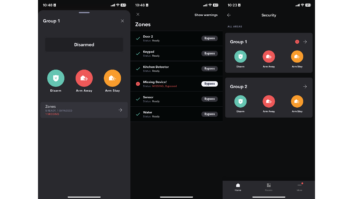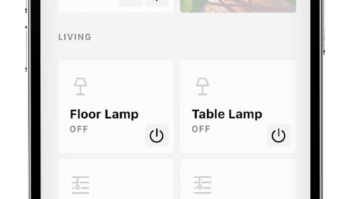“Bandwidth,” the term, has become the preeminent technical specification for installers of all levels and project size. As we continue to move nearly 99.99 percent of our content delivery to IP-based networks the question of just how much we can push down a pipe becomes the linchpin. There is a lot to consider when designing, installing a network, or even confronting an existing one.
Before diving into a discussion about the network pieces involved in the configuration settings and management, it is important to look at the factors that determine our bandwidth needs. This involves a look at just what makes up video content and what the product specifications mean.
One specification is most prominent and can teach us a great deal about the difficulties of sending AV over IP.

WyreStorm’s NetworkHD 600 Series
Rationing Ratios
The 4K at 60Hz, 4:4:4 spec is hailed in breathless bullet points as a holy grail… the best. The question is, do many of us really know what this mean and why it is so important?
This spec packs a lot of information in a very small space, (just like compression, which we will cover in a later newsletter), especially the last ratio.
The ratio 4:4:4 details something called “chroma subsampling.” Most are familiar with the concept of digital audio sampling where a signal is recorded taking snapshots of the waveform at a specified rate or frequency—the higher the sampling frequency (44.1kHz, 48KHz, 96kHz), the higher the fidelity. The sampling process here describes just how much luminance and color is recorded. You will notice that the first number in the ratio, (4), is generally consistent. This is the number representing the level of luminance sampled. The second number indicates the level of chrominance with the third indicating the number of changes in color sampled.
In our example, the ratio 4:4:4 indicates that the system can encode the full video information of full luminance, color, and color gradation. This is full bandwidth video and will require more of your network’s capacity.
To reduce the amount of data required, encoders can strip off some of the information with minimal reduction in the final image quality.
If we were to step down the chroma subsampling to a more reasonable 4:2:2, then the reduction in the amount of data required would be significant, while retaining a high-quality image. In this case we are still taking a full sample of the luminance but reducing the amount of color and color differences sampled.
The Eyes Have It
How can we take away information and still deliver a high-resolution image? Our eyes have the answer.
The human visual system is remarkable, but our evolutionary path has produced a way of seeing that is not perfect. As you may remember from high school biology class, human eyes utilize sets of rods and cones to gather in visible light and process this into an image signal. There are three types of cones (called the Trichromatic Theory), each of which is sensitive to different, but overlapping, wavelengths of light. Humans see different wavelengths of light as color. This overlap in wavelength response is an enormous amount of information to process.
Rather than feed our cerebral system the mind-numbing direct information received from each cone, it is more efficient for our visual mechanics to use the differences. Our eyes utilize something called the “color opponent process,” where the difference signal from the rod and cones is processed into three channels. These channels are red versus green, blue versus yellow, and black versus white.
The last channel is not really true colors but the differences in light and dark, or luminance. As it happens, the black and white channel is more sensitive and complex than the color channels.
Take a look back at the subsampling ratio. Look familiar?
Understanding how the human eye processes the different wavelengths and intensity of light allows us to utilize encoding schemes that “fool” the eye into perceiving more.
How do we calculate the amount of data saved, what other factors determine how much bandwidth is needed, and how can certain boxes pass 4:4:4 over “standard networks?” We will cover this in the next edition.
Check out our previous post, “The Parts Make a Whole.”







